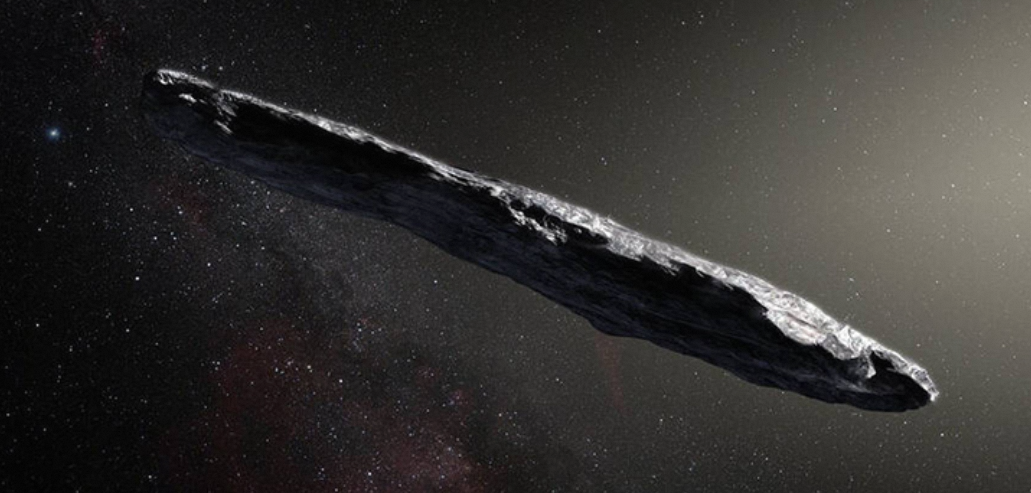Astronomers have confirmed the discovery of a new interstellar object named 3I/Atlas, marking only the third time such a visitor has been spotted passing through our Solar System. This cosmic event has ignited excitement within the scientific community, offering a rare opportunity to study materials originating from outside our solar neighborhood.
Characteristics of 3I/Atlas
Designated as a comet or cosmic snowball, 3I/Atlas is believed to be the largest interstellar object detected to date. Peter Veres, an astronomer at the International Astronomical Union’s Minor Planet Center, described the object as appearing “kind of fuzzy,” with some telescopes reporting the presence of a short tail, indicative of gaseous emissions typical of cometary bodies.
Originally tagged as A11pl3Z before its interstellar nature was confirmed, 3I/Atlas poses no threat to Earth. According to Richard Moissl, head of planetary defense at the European Space Agency, the object is set to pass inside the orbit of Mars but will not impact the neighboring planet.
Journey Through the Solar System
3I/Atlas is estimated to be traveling at a speed exceeding 60 kilometers per second, a velocity that confirms its interstellar origin as it is not bound by the Sun’s gravitational pull. Its trajectory suggests that it is not orbiting our star but rather entering the Solar System from interstellar space before heading back out.
Jonathan McDowell, an astronomer at the Harvard-Smithsonian Center for Astrophysics, explained that such objects likely form in association with star systems and are occasionally ejected due to gravitational interactions with passing stars. This results in their rogue journey across the galaxy, offering us a fleeting glimpse as they pass through our Solar System.
Discovery and Observation
The object was first identified by a Chile-based observatory participating in the NASA-funded ATLAS survey. Following its discovery, both professional and amateur astronomers globally scoured telescope data to trace its path back to at least June 14.
Currently, 3I/Atlas is estimated to be between 10 to 20 kilometers wide, potentially making it the largest interstellar interloper discovered yet. Its actual size remains uncertain, as it could appear larger due to its ice composition reflecting more light. As 3I/Atlas approaches the Sun, it is expected to brighten, bend slightly under gravitational forces, and reach its closest point, known as perihelion, on October 29. It will then begin its journey out of the Solar System over the next few years.
Historical Context and Scientific Opportunity
This discovery marks the third known interstellar object to enter our Solar System. The first, ‘Oumuamua, was spotted in 2017 and sparked debate due to its unusual characteristics, though subsequent studies dismissed theories of it being an alien vessel. The second, 2I/Borisov, was detected in 2019.
While there are no indications of an artificial origin for 3I/Atlas, the global scientific community is eager to learn more about its composition, shape, and rotation. Mark Norris, an astronomer at the UK’s University of Central Lancashire, noted that this object appears to be moving faster than the previous interstellar visitors, situated roughly near the distance from Jupiter to Earth.
Future Prospects for Interstellar Discoveries
Current models estimate that as many as 10,000 interstellar objects could be drifting through the Solar System at any given time, though most are smaller than 3I/Atlas. The newly operational Vera C. Rubin Observatory in Chile is expected to enhance our ability to detect these dim interstellar travelers on a more frequent basis.
Despite the challenges in sending a mission to intercept such fast-moving objects, these interstellar visitors provide scientists with valuable opportunities to study material from beyond our Solar System. Discovering precursors of life, such as amino acids, on these objects would bolster the hypothesis that conditions for life may exist in other star systems, offering profound implications for our understanding of the universe.
